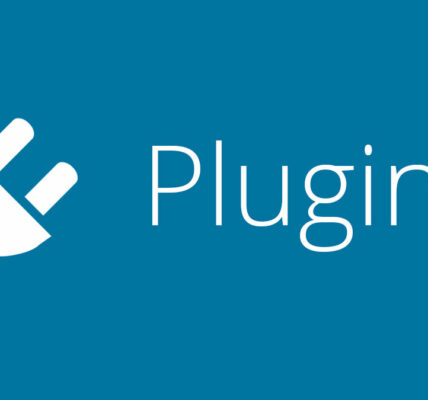The Evolution of WordPress: Transforming Web Development
In the vast realm of web development, WordPress has emerged as a powerhouse, evolving from a simple blogging platform to a versatile Content Management System (CMS). This in-depth exploration navigates through the phases of WordPress evolution, unraveling the pivotal milestones and innovations that have shaped its trajectory.

Genesis: From Blogging Platform to CMS
WordPress made its debut in 2003, a brainchild of Matt Mullenweg and Mike Little. Initially conceived as a user-friendly platform for bloggers, its open-source nature quickly fostered a community of developers contributing to its growth.
WordPress gained popularity as the go-to platform for bloggers. Its intuitive interface, customizable themes, and plugin architecture set the stage for a revolution in the blogging sphere.
Maturation: Themes, Plugins, and User-Friendly Design
The introduction of themes allowed users to easily change the look and feel of their websites. This marked a significant shift, enabling customization without intricate coding, democratizing web design.
The birth of the plugin architecture empowered developers to extend WordPress functionality. The vast plugin ecosystem transformed WordPress from a blogging platform to a versatile CMS, capable of supporting diverse website types.
User-friendly design became a focal point. The introduction of the Gutenberg editor in 2018 revolutionized content creation, providing a block-based interface that simplified the process, making it accessible to users with varying technical expertise.
Expanding Horizons: WordPress as a CMS
WordPress transcended its blogging origins, gaining widespread adoption in enterprise settings. Major brands and organizations embraced its flexibility, scalability, and extensive community support.
The incorporation of Custom Post Types and Taxonomies enhanced content management capabilities. WordPress evolved to handle diverse content structures, enabling users to create complex websites beyond traditional blogging formats.
The surge in mobile usage prompted a shift towards responsive design. WordPress themes and websites adapted, ensuring optimal user experiences across various devices and screen sizes.
The Era of WordPress 5.0 and Beyond
WordPress 5.0, released in 2018, brought the Gutenberg editor as the default content editor. Gutenberg introduced a block-based editing system, fostering a more intuitive and visual approach to content creation.
WordPress is entering an era of Full Site Editing, where the entire site structure, including headers and footers, can be customized using blocks. This marks a paradigm shift in website design and development.
The rise of Headless WordPress decouples the backend and frontend, offering developers greater flexibility. Content can be managed through WordPress while leveraging modern frontend technologies for the user interface.
Community Dynamics and Open Source Collaboration
WordPress owes much of its success to its vibrant community. Contributors, developers, designers, and users actively participate in forums, events, and collaborations, driving continuous improvement.
The open-source ethos remains at the core of WordPress. Continuous updates, security patches, and feature enhancements are made possible by the collective efforts of the global WordPress community.
Challenges and Future Prospects
As WordPress evolved, security challenges emerged. The platform continually addresses vulnerabilities, emphasizing the importance of regular updates and robust security practices.
The CMS landscape is dynamic, with emerging competitors. WordPress faces the challenge of staying ahead by innovating, enhancing user experiences, and adapting to evolving web development trends.
Conclusion: WordPress Unleashed
WordPress has transcended its humble origins to become a cornerstone in web development. From blogging simplicity to a feature-rich CMS, its evolution reflects a commitment to adaptability, user-friendliness, and community collaboration. As WordPress ventures into a future marked by Full Site Editing and Headless capabilities, its journey continues to redefine the possibilities of web development, ensuring its relevance in the ever-evolving digital landscape.





